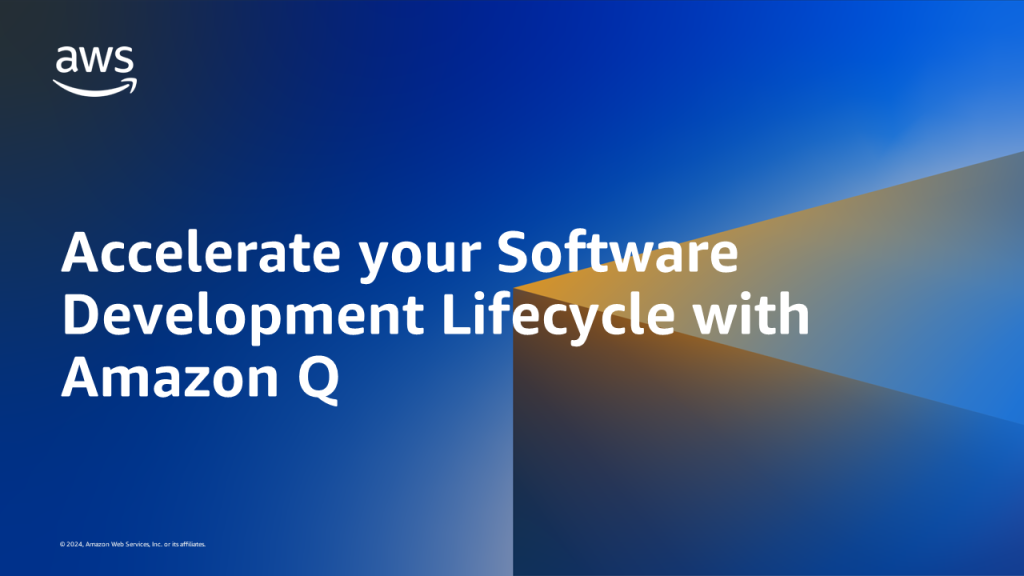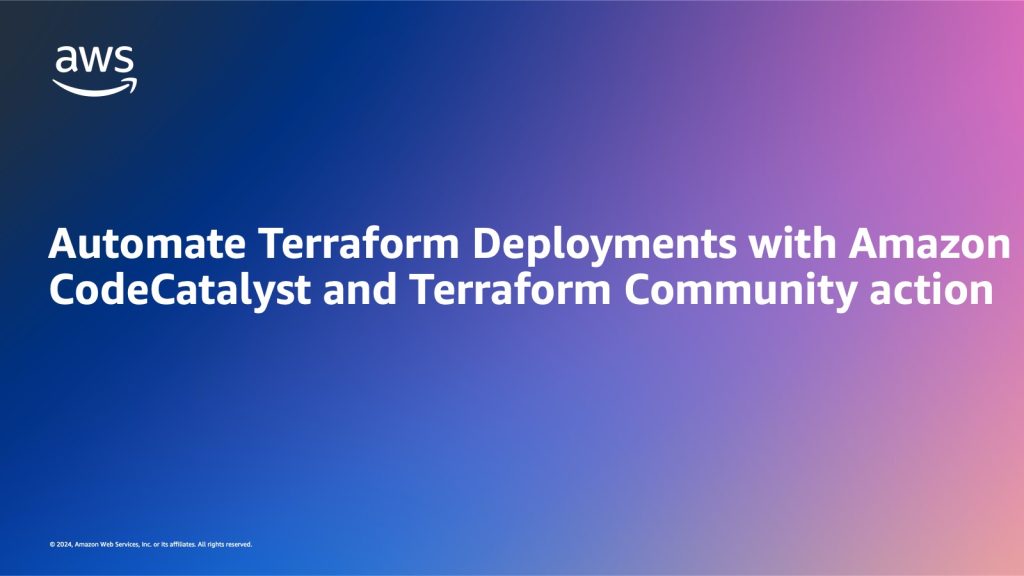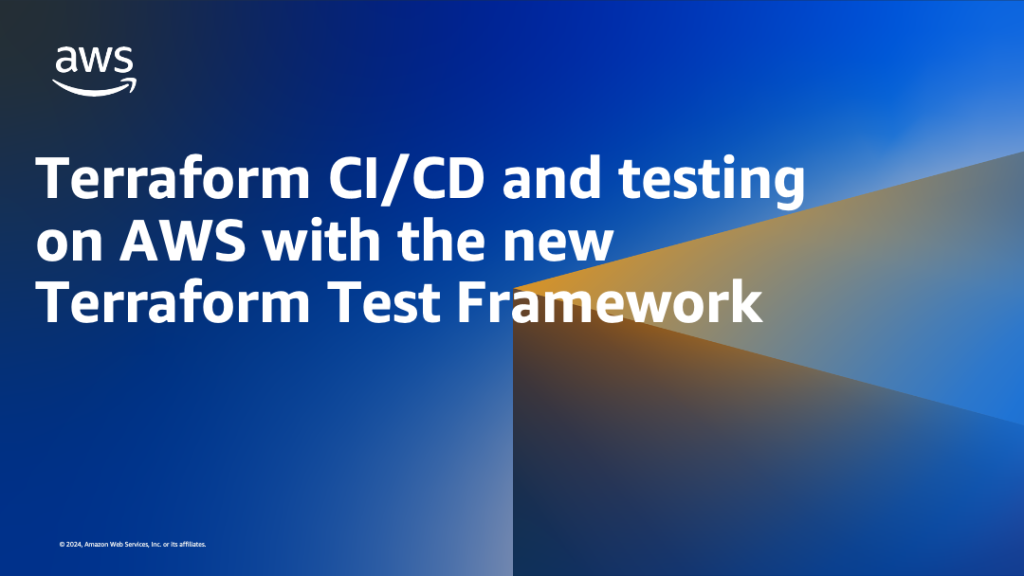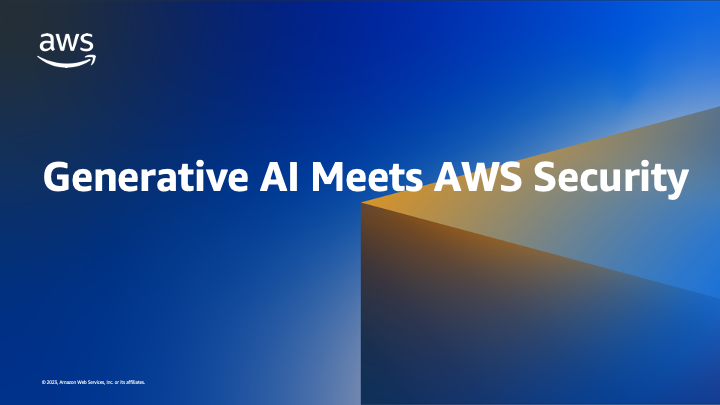AWS DevOps Blog
Category: Best Practices
AWS announces workspace context awareness for Amazon Q Developer chat
Today, Amazon Web Services (AWS) announced the release of workspace context awareness in Amazon Q Developer chat. By including @workspace in your prompt, Amazon Q Developer will automatically ingest and index all code files, configurations, and project structure, giving the chat comprehensive context across your entire application within the integrated development environment (IDE). Throughout the […]
Refactoring to Serverless: From Application to Automation
Refactor serverless apps by swapping application code with cloud automation: reduce costs, decouple logic from architecture, and leverage managed services’ native capabilities.
Modernize your Java application with Amazon Q Developer
Many organizations have critical legacy Java applications that are increasingly difficult to maintain. Modernizing these applications is a necessary, daunting, and risky task that takes the focus off of creating new value or features. This includes undocumented code, outdated frameworks and libraries, security vulnerabilities, a lack of logging and error handling, and a lack of […]
Best practices working with self-hosted GitHub Action runners at scale on AWS
Note: Customers no longer need to manage their own GitHub runners, you can now use AWS CodeBuild for managed GitHub Actions self-hosted runners, which provides ephemeral and scalable runner environment with strong security boundaries and low start up latency. With AWS CodeBuild, you don’t need to maintain your own infrastructure or build scaling logic, as […]
Fault-isolated, zonal deployments with AWS CodeDeploy
In this blog post you’ll learn how to use a new feature in AWS CodeDeploy to deploy your application one Availability Zone (AZ) at a time to help increase the operational resilience or your services through improved fault isolation. Introducing change to a system can be a time of risk. Even the most advanced CI/CD […]
Accelerate your Software Development Lifecycle with Amazon Q
Software development teams are constantly looking for ways to accelerate their software development lifecycle (SDLC) to release quality software faster. Amazon Q, a generative AI–powered assistant, can help software development teams work more efficiently throughout the SDLC—from research to maintenance. Software development teams spend significant time on undifferentiated tasks while analyzing requirements, building, testing, and […]
Automate Terraform Deployments with Amazon CodeCatalyst and Terraform Community action
Amazon CodeCatalyst integrates continuous integration and deployment (CI/CD) by bringing key development tools together on one platform. With the entire application lifecycle managed in one tool, CodeCatalyst empowers rapid, dependable software delivery. CodeCatalyst offers a range of actions which is the main building block of a workflow, and defines a logical unit of work to […]
Terraform CI/CD and testing on AWS with the new Terraform Test Framework
In this blog post, we will show you how to validate Terraform modules and how to automate the process using a Continuous Integration/Continuous Deployment (CI/CD) pipeline.
Best practices for managing Terraform State files in AWS CI/CD Pipeline
Introduction Today customers want to reduce manual operations for deploying and maintaining their infrastructure. The recommended method to deploy and manage infrastructure on AWS is to follow Infrastructure-As-Code (IaC) model using tools like AWS CloudFormation, AWS Cloud Development Kit (AWS CDK) or Terraform. One of the critical components in terraform is managing the state file which […]
Generative AI Meets AWS Security
A Case Study Presented by CodeWhisperer Customizations Amazon CodeWhisperer is an AI-powered coding assistant that is trained on a wide variety of data, including Amazon and open-source code. With the launch of CodeWhisperer Customizations, customers can create a customization resource. The customization is produced by augmenting CodeWhisperer using a customer’s private code repositories. This enables […]









